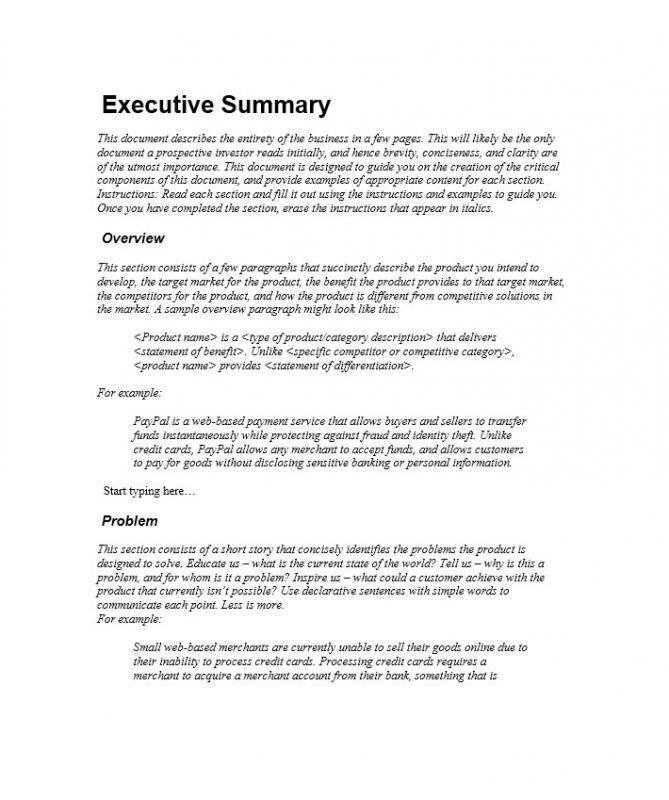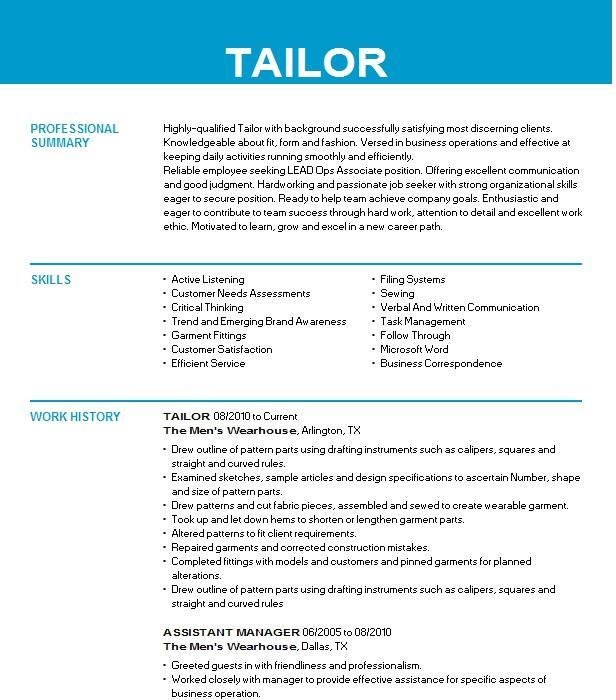research report executive summary example

In the realm of academic and professional research, the ability to distill complex information into a concise and informative executive summary is invaluable. An executive summary serves as a roadmap for a research report, offering readers a snapshot of the key findings, conclusions, and recommendations without delving into the intricacies of the full document. It stands as the first impression of the research, guiding stakeholders through the essential points while encouraging further exploration of the details. In this article, we will delve into the nuances of constructing effective executive summaries, showcasing examples that illustrate best practices. By understanding the art of summarization, researchers and professionals alike can enhance their communication skills, making their work more accessible and impactful to diverse audiences. Whether you are a seasoned researcher or just embarking on your investigative journey, grasping the elements of a well-crafted executive summary will undeniably elevate your research reports to new heights.
Crafting a Compelling Executive Summary for Research Reports
In a research report, the executive summary serves as a vital touchpoint for your audience, distilling complex information into clear, actionable insights. A successful executive summary should encompass the key objectives, methodology, and findings of your research while also offering a glimpse into the implications of those findings. To ensure clarity and engagement, focus on the following aspects:
- Purpose of the Research: Clearly state the problem being addressed.
- Key Research Questions: Outline the primary questions your research aims to answer.
- Summary of Findings: Highlight the most significant results, presenting them in a straightforward manner.
- Recommendations: If applicable, suggest practical applications of your findings.
To format your executive summary effectively, consider using brief bullet points for quick referencing, accompanied by concise paragraphs that expand on the main ideas. For example, a simple table can summarize the findings for ease of understanding:
| Finding | Implication |
|---|---|
| Increase in User Engagement | Potential for higher conversion rates |
| Cost Reduction Opportunities | Improved profit margins |
| Emerging Market Trends | New avenues for product development |
This structured approach ensures that readers can quickly grasp the essence of your research without wading through pages of detailed analysis, making your executive summary not just informative but also compelling.

Key Components that Elevate Your Executive Summary
Crafting a compelling executive summary is essential to capturing the full essence of your research report. To make it truly impactful, consider these vital elements: clarity, conciseness, and coherence. Begin by summarizing the main objectives of your report, providing a snapshot that allows readers to grasp its significance quickly. Use clear and straightforward language, and keep jargon to a minimum. Highlight the key findings, ensuring that they align with your initial objectives, and consider utilizing visuals to complement your text at times. Remember, an effective summary is not just a mini-version of the report; instead, it should include only the most pertinent information that will spark interest and invite readers to delve deeper into the full document.
Additionally, the structure of your executive summary matters greatly. Employing a logical flow can guide readers effortlessly through your findings. Incorporate bullet points or tables to break down complex information into digestible bits. For instance, showcasing your recommendations in a table format can enhance clarity and aid comprehension:
| Recommendation | Expected Outcome |
|---|---|
| Expand Market Research | Higher customer engagement |
| Improve Product Quality | Increased customer satisfaction |
| Enhance Marketing Strategy | Boost in sales conversion rates |
This method not only organizes your insights but also makes it easier for readers to reference critical points, reinforcing the overall effectiveness of your summary.

Practical Tips for Tailoring Your Summary to Diverse Audiences
Understanding your audience is crucial when crafting an executive summary, as it shapes the tone and focus of your communication. Consider the different backgrounds, interests, and needs of your readers. To effectively engage them, you might:
- Identify Key Stakeholders: Determine who will read your summary and what they specifically care about.
- Use Appropriate Language: Tailor your vocabulary and jargon based on the expertise level of your audience.
- Highlight Relevant Data: Emphasize statistics, findings, or recommendations that align with the readers’ interests.
In addition to verbal tailoring, the structure of your summary can greatly influence its effectiveness. A clear layout helps diverse audiences navigate content with ease. For instance, you can use:
- Bullet Points: These make information digestible and quick to reference.
- Subheadings: Divide sections to guide the reader through different themes or topics.
- Visual Aids: Incorporate tables or charts where necessary to illustrate important concepts visually.

Common Pitfalls to Avoid in Executive Summaries and Effective Solutions
When crafting an executive summary, it’s easy to fall into common traps that dilute the effectiveness of your report. One of the most prevalent issues is excessive jargon or technical language, which can alienate readers who may not be specialists in the field. To ensure clarity, focus on using straightforward language that conveys your main points. Additionally, avoid long-winded sentences; they can confuse rather than clarify. Instead, strive for brevity by summarizing key findings and implications in concise bullet points:
- Use accessible language to engage a broader audience.
- Summarize key points using bullets for easier digestion.
- Avoid unnecessary details, focusing instead on major insights.
Another pitfall is neglecting to tailor the executive summary to the audience’s needs and goals. A generic approach can lead to disengagement; instead, consider what your specific readership values most. Establish a compelling narrative that resonates and consult with stakeholders to gather insights on their expectations. Implementing these solutions can enhance the impact of your summary:
| Strategy | Benefit |
|---|---|
| Audience Analysis | Ensures relevance and engagement. |
| Clear Messaging | Enhances understanding and retention. |
| Collaboration | Aligns expectations and maximizes impact. |
In Conclusion
crafting a compelling executive summary for a research report is both an art and a science. It serves as the gateway for readers, encapsulating the essence of your research in a concise yet informative manner. By synthesizing key findings and recommendations, as illustrated in our examples, you empower stakeholders to grasp the significance of your work at a glance. Remember, a well-structured executive summary not only enhances the readability of your report but also reinforces the impact of your research. As you embark on your writing journey, keep these principles in mind to create summaries that resonate and inform, paving the way for informed decision-making and deeper engagement with your research. Your executive summary is not just a conclusion—it’s the first step towards sparking curiosity and dialogue about your findings.




